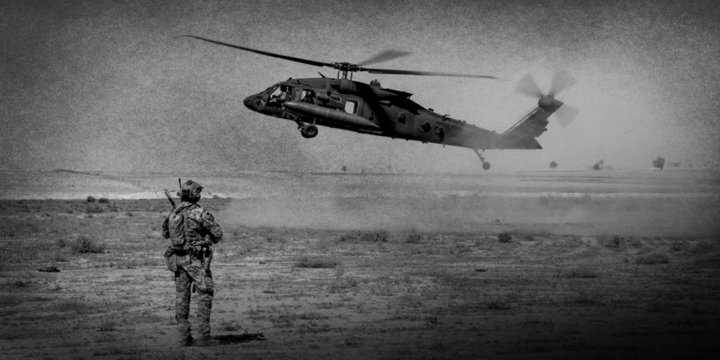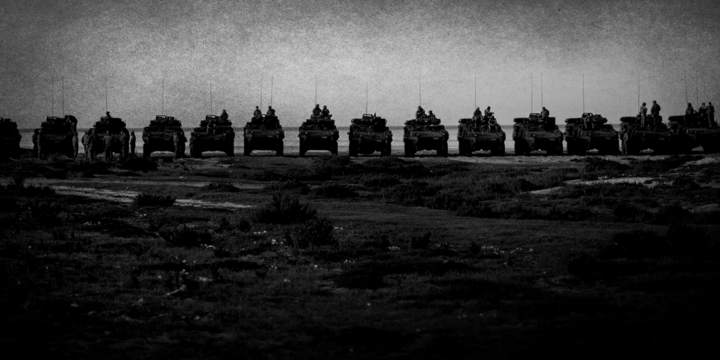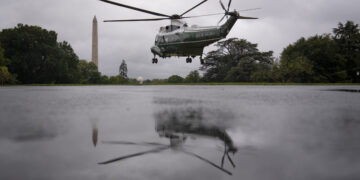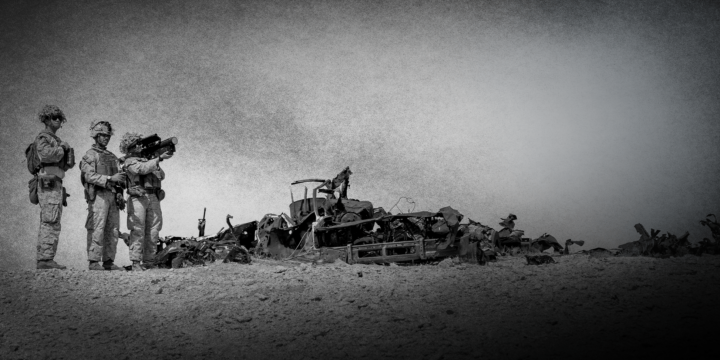February 18, 2025
The absolute wrong way to deploy US military on the border
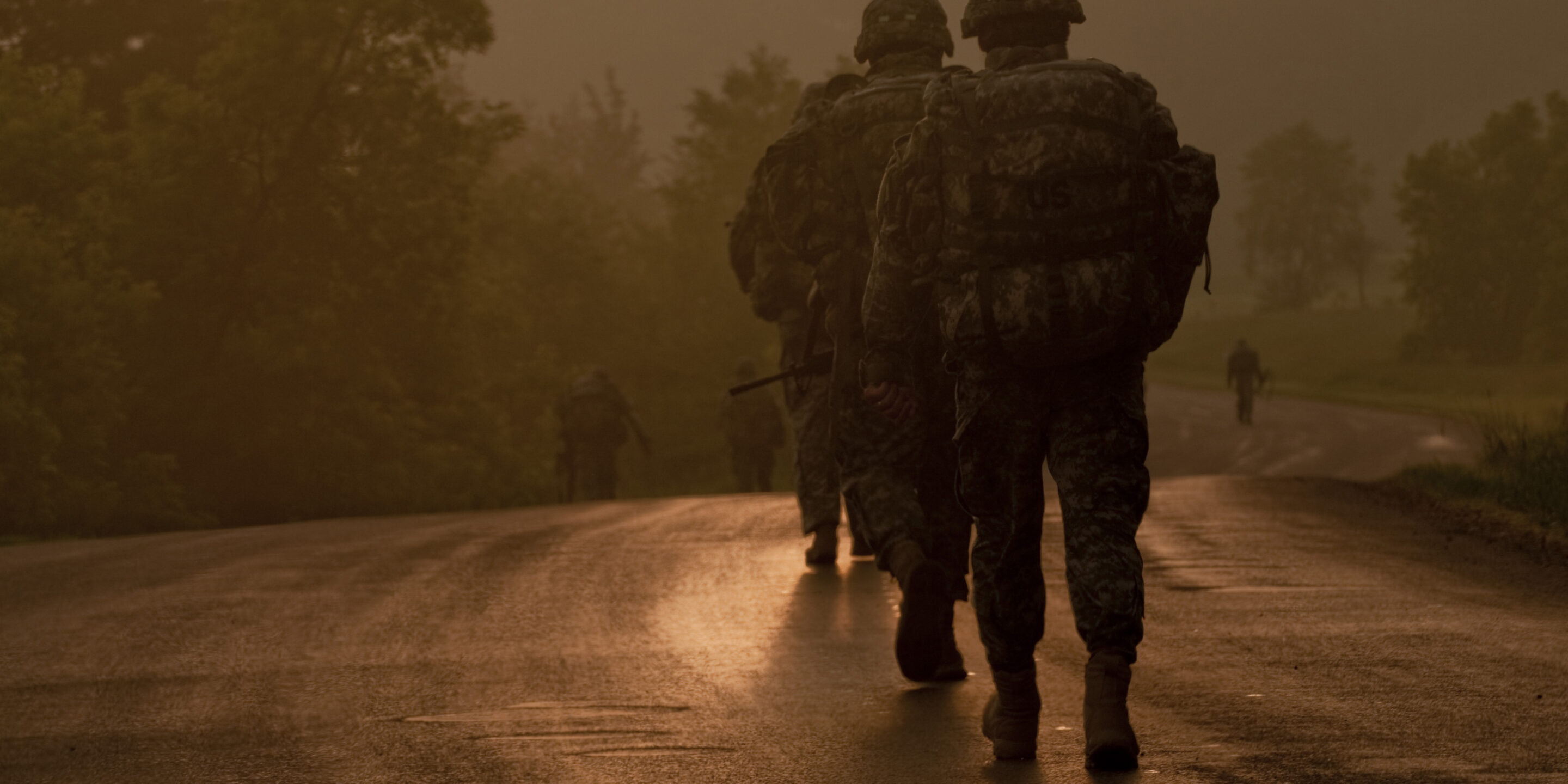
“Guys and gals of my generation have spent decades in foreign countries guarding other people’s borders. It’s about time we secure our own,” Secretary of Defense Pete Hegseth said during his first trip to the southern border earlier this month. “This needs to be and will be a focus of this department,” he reiterated at a Pentagon town hall days later.
Most servicemembers deploying to the southern border today never fought in the post-9/11 wars, but Hegseth is right that their commanders and civilian bosses have plenty of experience to draw on from two decades spent “securing” and “stabilizing” Iraq and Afghanistan.
However, while it’s still early days, so far, the Pentagon doesn’t seem to be making use of those hard-won lessons. Instead, Department of Defense (DoD) leaders appear to be repeating the mistakes of their predecessors with open-ended missions attached to unclear objectives and more attention to appearance and signaling than results. Active-duty forces may have a role to play in President Donald Trump’s immigration agenda, but those in charge can do much more to set this mission up for success while minimizing impacts on an already overstretched military force and budget.
The use of active-duty forces on the southern border is not new to the second Trump administration. He also turned to active-duty units during his first term, sending 1,000 troops to the border in 2018 and 3,000 in 2019. President Joe Biden, too, relied on active-duty forces to support border operations throughout his presidency, though in smaller numbers. This time, however, Trump may be planning to push active-duty presence at the border to more than 7,000 personnel according to some reports.
Read article in Responsible Statecraft
Author

Jennifer
Kavanagh
Senior Fellow & Director of Military Analysis
More on Western Hemisphere
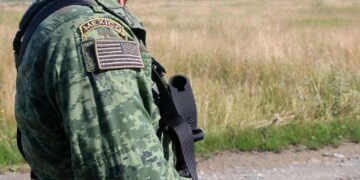
February 16, 2025

February 11, 2025

February 6, 2025
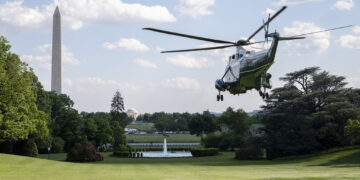
January 29, 2025

January 28, 2025
Events on Grand strategy
